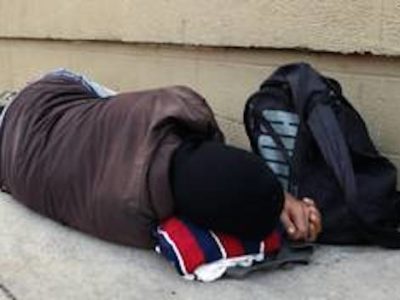Hartford Mayor Pedro Segarra is being careful not to make any promises on new developments within the recently appointed North Hartford Promise Zone, despite $10 million in fresh state money to invest in the area.
It’s too early, and there are too many players involved, he insisted in a recent interview, to have a set-in-stone plan.
But the mayor does have a vision for the North End and hinted at a couple of industries he thinks would fit-in well with the area’s redevelopment goals.
“The point is to make the area a vibrant residential place with a plan for new development while taking care of some eyesores in the area,” Segarra said. “I can see Homestead Avenue being promoted as a manufacturing space — the whole corridor,” adding that he’s already identified one site for a startup.
He said Sheldon Avenue would be perfect for advanced medical manufacturing companies.
Program background
The federal Department of Housing and Urban Development has awarded a promise zone designation to North Hartford, specifically in a 3.11-square-mile area encompassing the Clay Arsenal, Northeast and Upper Albany neighborhoods. It makes Hartford the first city in Connecticut to take part in the competitive economic and housing development initiative created by President Barack Obama.
In his 2013 State of the Union Address, Obama announced that he would designate 20 promise zones nationwide in high-poverty communities that would partner with the federal government to create jobs, increase economic activity, improve educational opportunities, reduce violent crime and improve health outcomes.
Promise zones receive preferential consideration for existing federal funding and are assigned federal staff, along with five full-time AmeriCorps VISTA members, to help navigate federal resources.
To be eligible for consideration, the rate of overall poverty of residents within the promise zone must be greater than 33 percent and encompass a population of at least 10,000 but no more than 200,000 residents.
About 49.35 percent of the 23,930 residents in the North Hartford Promise Zone are in poverty, compared to the city’s overall 33.9 percent poverty rate, according to the federal grant application.
In June, the state legislature approved $10 million for promise zone development that will be overseen by the Capital Region Development Authority, which has led much of the housing redevelopment currently underway downtown.
CRDA Executive Director Michael Freimuth said his organization is likely to be focused more on the “economic development and housing components” within the promise zone. He also cited creation of a health sector but did not rule out an education focus and some additional social services.
Thomas Deller, Hartford’s director of development services, said the mayor’s office is in the early stages of developing a proposal for the neighborhood, but the overall focus is job creation, supporting a re-entry population that comes back to the North End, promoting business growth, maintaining an aspect of safety and improving infrastructure.
Efforts will be targeted at initiatives that are already underway, including $100 million in façade and infrastructure improvements, two school renovations, the North End Senior Center, Keney Park ballfields, the restoration of Keney Park Golf Course and its clubhouse, and a new police substation on Coventry Street.
“We want the residents and the businesses who are already here to get better, and we do not want to develop anything at the expense of the existing neighborhood,” Segarra said.
Urban farming
Another initiative Segarra mentioned is urban farming. He said the culinary philosophy of farm-to-table is taking off, so he consulted officials in Cleveland on their efforts. He now sees an opportunity to expand the farm-to-table concept at the old M. Swift & Sons factory building and the North End Farmers Market by adding a hydroponic element to the area.
A main component of the promise zone is Community Solution’s restoration of the Swift property. For more than 100 years, the factory was a leading source of gold leafing for state capitol buildings and historic landmarks across the country.



